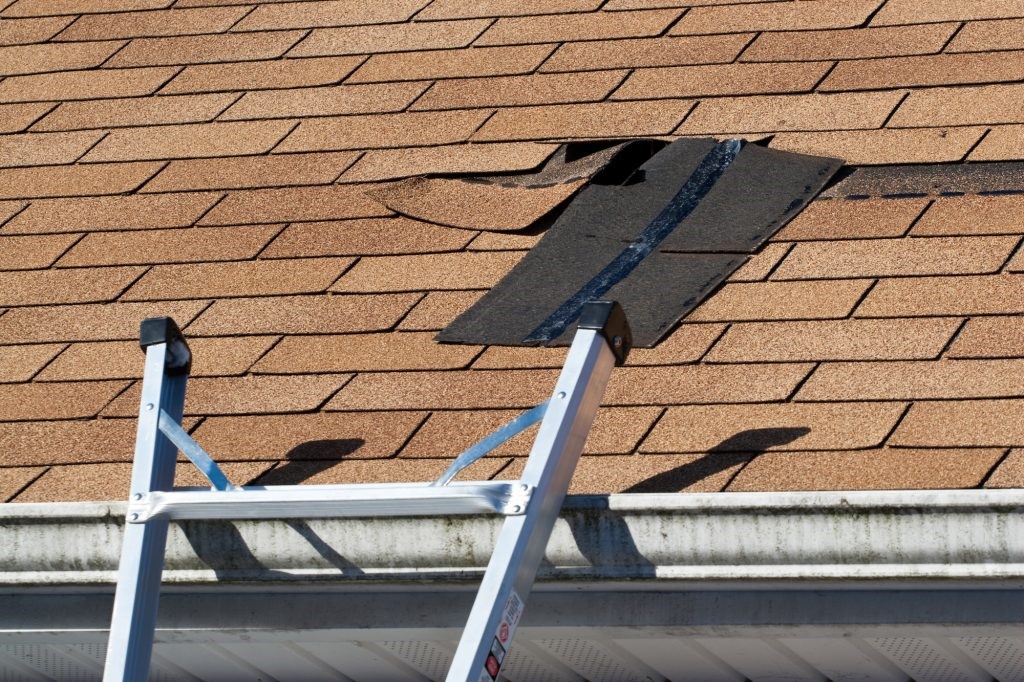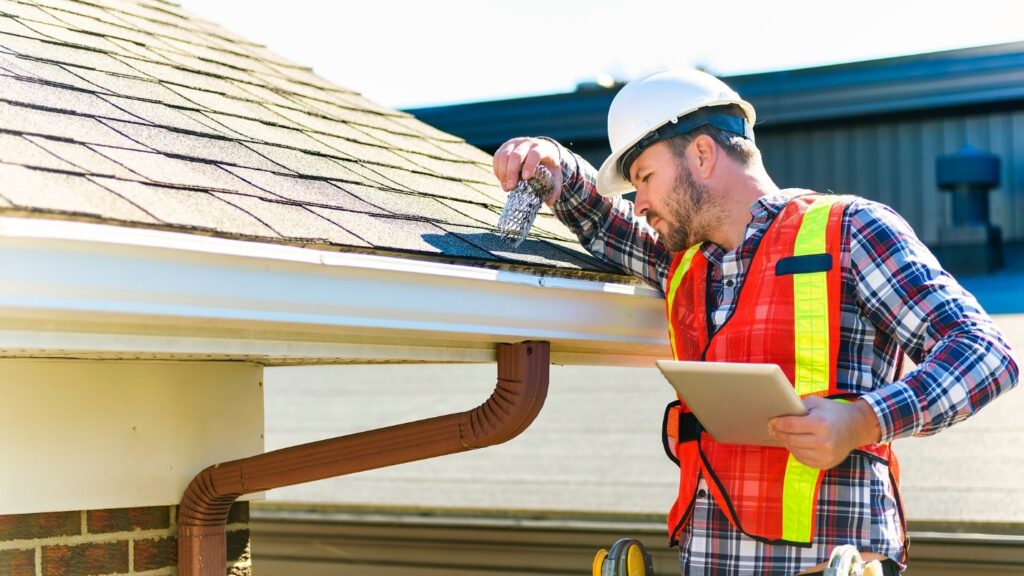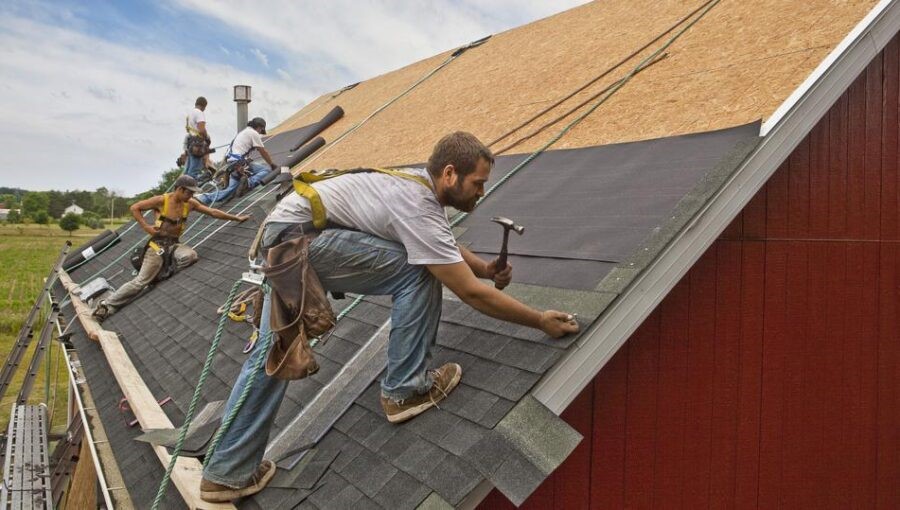
Is your home roof’s life being over, or is it damaged due to extreme weather? In both scenarios, roof replacement is the only solution for a safe and secure home. Roof replacement will not only solve major roof issues such as bent structures and weakened beams but also add to the value of your home.
Jessica Lautz, the managing director of survey research at the National Association of Realtors, said that installing new roofs and insulations can greatly impact the investment return percentage. Thus, to preserve the home’s integrity, enhance the curb appeal, and ensure the safety of your family, it’s important to learn things to consider for a roof replacement. From assessing the damage to opting for the right material, this guide will cover everything related to roof replacement in the Mid-Ohio Valley. Moreover, this article will shed some light on the step-by-step guide for navigating through the complete process of roof replacement, even for beginners. Let’s delve into further details!

What damages the roof in Mid-Ohio Valley?
Before we move onto the roof replacement guide, it’s important to understand the causes of roof damage. Living in a specific geographical region has its pros and cons and Mid-Ohio Valley comes with its weather extremities. There is always a chance of thunderstorms, snow, or heavy wind posing a risk to the exposed roof structures.
Extreme Temperature— One major sign that you’d need a new roof anytime soon is that it has been exposed to baking sun for years.
Heavy Winds & Snowfall— Both of these weather conditions can damage the roof structure over the years. Not only can heavy wind damage the shingles, but accumulated snowfall can put stress on the structure, causing it to be weakened.
Navigating Roof Replacement | Things to Consider in Mid-Ohio Valley
The roof replacement project is not as simple as it looks and requires a lot of effort and budget as well. Therefore, before getting into the preparations for roof replacement, it’s recommended to have a proper inspection of the damage to find out if you need a roof repair or replacement. Let’s find out the step-by-step approach to having the new roof installed in your home:
Step 1: Roof Assessment and Inspection
First, make sure to inspect the roof properly to find any minor cracks or signs that can lead to significant damage in the future. You can check some of the signs with the naked eye, while others require professional roof inspection services in Mid-Ohio Valley to point out the root causes of damage and predict if you need a roof repair or roof replacement.
Signs that You Need a New Roof
Here are some of the signs that you’d need a new roof on a priority basis:
- Look for the water seepage under the shingles or water damage signs in the attic.
- Roof shingles are getting curled or bending from the middle or edges.
- There are more than 25 years after the recent roof installation, as most Asphalt roofs last 25 to 30 years.
- The deck is getting weak due to the sponge growing on the surface.

Step 2: Material Selection
Once you’re done inspecting the roof and find out that roof replacement is the only solution left— it’s time to select the material. Material selection is the most critical step in the process as it will decide the insulating ability, strength, and wearability of the roofing.
Moreover, the decision of material selection depends on various factors such as geographical location, weather conditions, architectural style, and more. Here are some of the common choices for roofing materials in the Mid-Ohio Valley, keeping in mind the weather extremities, cultural diversity, and structural needs of homeowners.
Slate tile— If you want modern looks and can afford pricy options, choose the slate tiles for their durability and strength.
Asphalt Shingles— These are considered economical as well as long-lasting. Asphalt shingles can last from 25 to 30 years and have good insulating properties.
Wood Shingles— Wood shingles look pretty and decent, but the cost to maintain them is on the higher side.

Step 3: Preparing Everything
The next step in the roof replacement process is to set the stage to install the new roofing. At this stage, the contractor might also need to get rid of the old roofing as well. Following are the sub-stages involved in setting the stage for roof replacement:
Getting Work Permits— In some states, you might need to get work permits from the local building department. The same is the case in Ohio, as you’ll need to submit a roof replacement permit application to get the work permit.
Surrounding Inspection— Then, the contractor will do a site survey to find out what’s present in the surroundings. Moving items or large machinery can damage the neighboring sites or structures.
Get Rid of Old Roof— If the old roof is intact and in place, it’s time to get rid of it and install a new one. The tear-off process needs to be done very cautiously and with great care.
Step 4: Roof Replacement Process
Once the old roof has been torn off and the new roof material is ready to be installed, it’s time to get it done as soon as possible to avoid any damage to the inner property. The roof must be installed in sections and in the correct order to keep the structure of the beams intact.

Conclusion
Regular Upkeeping and maintenance of your home’s roof is necessary to protect it from seasonal damage. However, after a certain period, some of the damage has become non-repairable, and roof replacement remains the old solution left in that case. Roof replacement might seem simple, but it is a complex process. From selecting the right material, getting the work permits, and installing a new roof— all must be done with great care. It is recommended to hire a professional roof inspection & installation service for the purpose.
